Fusion: The Fusion blockchain effect
Cryptocurrencies in the same blockchain. Too good to be true?
Couple of weeks ago,I had some amount of STEEM that I didn't have use of. I decided to trade them for STEEM dollars, commonly referred to as SBD. Of course,as a business inclined young man that I am,I was able to get more value for my transaction. I actually got more SBD although they were not worth as much as STEEM back then.
All it took was a few minutes,and that was it. Now imagine being able to do this across all cryptocurrencies presently,with no stress,lesser amount of time and more importantly, inexpensive.
You may ask how realistic it is. Is it even possible?
FUSION
Fusion founded by Dejun Qian is a crypto finance level platform that aims to build an ecosystem that encompasses the various tokens present now,and even those that will be available in the future.
There's this "barrier" that exists amongst cryptocurrencies that makes it impossible for their values to be exchanged amongst themselves. Fusion blockchain will enable blockchain developers to build applications for the new world of cryptofinance that allow multi-token smart contracts. It aims to improve the amount of value that can be retained and utilized by the end-user of cryptocurrencies. That is, you and I and firms as well.
Fusion makes it easy,less expensive and faster for tokens or cryptocurrencies to be exchanged for one another for their values. This increases the speed at which Business transactions are carried out,and also ensures that trust,which is a rare commodity these days is established,giving no room for fraud.
Fusion also makes it possible it these tokens to coexist.
Fusion public chain in the cryptofinancial era that as a key infrastructure for value transfer can connect all kinds of values, provide complete financial functions, communicate diverse communities and tokens, and bridge the centralized and decentralized organizations to bring the Internet of Values as early as possible. Not only does it communicate values on different blockchains, but it also provides interfaces with centralized organizations and off-chain datasources to improve the scalability of the Internet of Values.
Fusion does not require complex logic for various application scenarios. Its purpose is to create a layer of management across all blockchains, enabling all tokens to interact. Because it does not need to run heavy application logic, in its current usability it is capable of fulfilling various cryptofinancial functions. It can, to a great extent, alleviate the problem of interoperability.
**Interoperability**
The various tokens are incorporated into the fusion's public chain by putting their private keys under the control of fusion distributed nodes and in this way all the tokens acquire interoperability in the same blockchain.
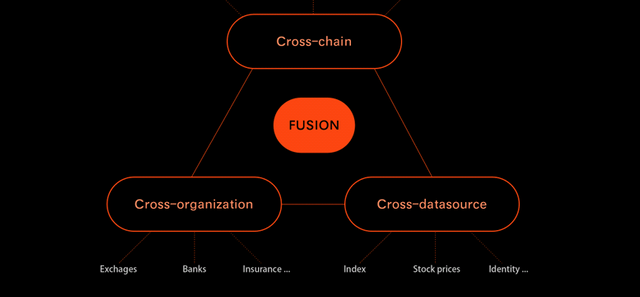
Fusion interoperability
On-chain financial activities on the Internet of Values and their related off-chain financial activities are known as cryptofinance. This begs the question,what is the 'Internet of Values'.
The Internet of Values makes it possible for cooperation among people to be decentralized, disintermediated, inclusive, and programmable.
It is based on peer-to-peer networks using the User Datagram Protocol. The values on the Internet of Values are tokens represented by the blockchain, and the process of mapping values to the Internet of Values is the process of tokenization of assets as described earlier. The process of tokenization is the process of securitization of assets, which maps off-chain values on chains as cryptofinancial assets.
Tokenization is the process of securing these assets and conversion of off-chain assets into cryptofinancial assets that can be controlled through private keys.
a large number of valuable items, such as houses,are still not well represented on the chain. However, with the development of several “tokenization technologies” ,tokenization of assets will become a brand new industry and more and more values will be circulated on chains. Fusion white paper
A process of bookkeeping known as 'Lock-in' 'Lock-out' exists. It is the implementation of control rights.
In the process of implementing Lock-in, distributed control rights management accomplishes asset mapping by atomic transactions.
The same happens for Lock-out to disassemble distributed control rights management and release mapping.
After the handover of the control rights is completed, the smart contract will update the status of the user’s account on FUSION to reflect the completion of Lock-in or Lockout. The process of bookkeeping is in fact that FUSION takes or releases control of the original token and issues or retrieves an equal number of bookkeeping tokens representing original digital assets to or from the user’s account, thus completing the mapping of digital assets to FUSION or relieving the mapping from FUSION. Mapping is transparent to digital asset holders, except that the key that FUSION controls their digital assets with is created by sharding and stored by distributed nodes. This method is safer than ever and their digital assets can be easier to.whitepaper
For example,if I want to initiate a 500 STEEM lock-in transaction,on the user interface,which is my wallet,I will have the option of several other multicurrencies. The wallet will also have a variety of financial services developed by third parties, which I can easily participate in.
I will initiate a 500 STEEM lock-in request to fusion to initiate a private key. A smart contract is created on fusion so as to organize the process of private key initialization.
The smart contract will complete the key sharding and distributed storage of key shards
"A database shard is a horizontal partition of data in a database" [shard](https://en.m.wikipedia.org/wiki/Shard_(database_architecture)
The initialization will generate an address on the STEEM chain. I will transfer the 500 STEEM to that address. My transfer operation will initialize a broadcast by the interface of fusion and the fusion node checks the completion of the transfer.
Upon receipt of the transactional broadcast, the node on the fusion chain will check through a third-party interface whether the transaction is confirmed on the STEEM chain. If the results show that the operation has succeeded in a transfer of 500 STEEM to the address generated by Lock-in, it is considered as a successful handover of control rights to the distributed control rights management.
After confirming the transfer of control right, the smart contract will update my account status on fusionThe Lock-in record will be packed by the node and recorded in the fusion block. At that, the 500 STEEM Lock-in requests for me is completed.
That was easy right?
For 'lock-out'... my Lock-out request is also initiated in my wallet by calling the relevant program interface.
I operate a wallet to initiate a 500 STEEM transfer transaction to a STEEM address outside of fusion, which will be regarded as a Lock-out request.
The transaction triggers the Lock-out smart contract on fusionThe contract will first check my asset status of on fusion and lock the status of the 500 STEEM mapped by me in the fusion account and then generate a transaction request with my signature to address.
The nodes on the fusion chain receive the transaction request and begin to compute and compare according to their stored key shards. If the result is positive, the node will sign and broadcast the result.
The node on fusion will check whether the transaction is confirmed on the STEEM blockchain via the interface corresponding to STEEM. After the consensus reached the result that the transaction has been confirmed, My 500 STEEM will be disassembled from the distributed control rights management.
The smart contract will synchronize the user’s status on the fusion account, release the locked 500 STEEM mappings and destroy the mappings. At the same time, the Lock-out record is packed into the fusion block. At this point, my Lock-out request is completed. The nodes involved in initiating the transaction across the chain, confirming the transaction, and verifying the transaction signature will all receive corresponding rewards according to the established incentive mechanism.
And that is all it takes for the transaction to occur.
This contest is sponsored by original works
https://steemit.com/crypto/@originalworks/370-steem-60-bonuses-sponsored-writing-contest-fusion.
Fusion2018
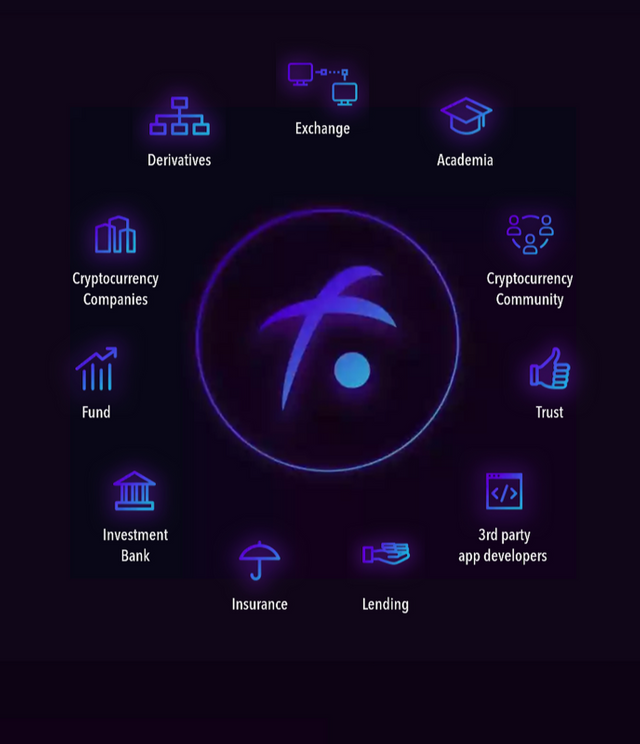
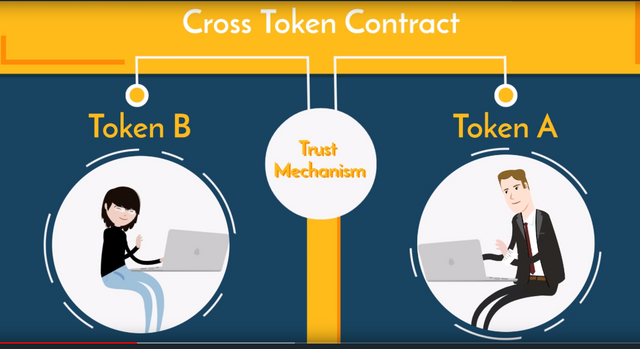
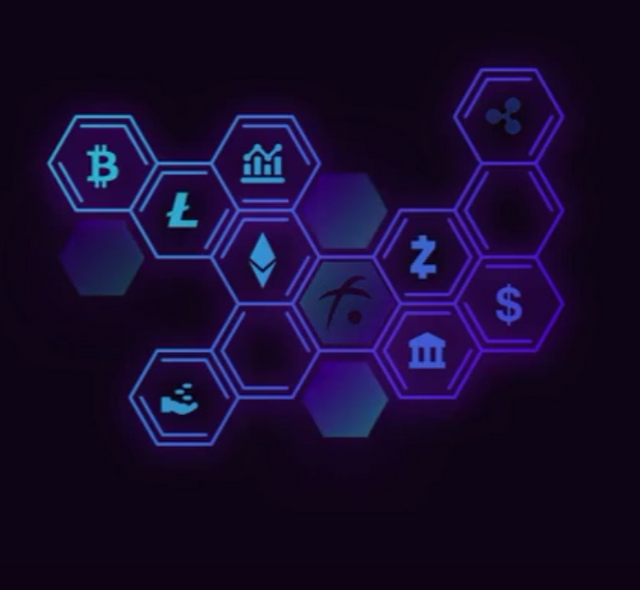
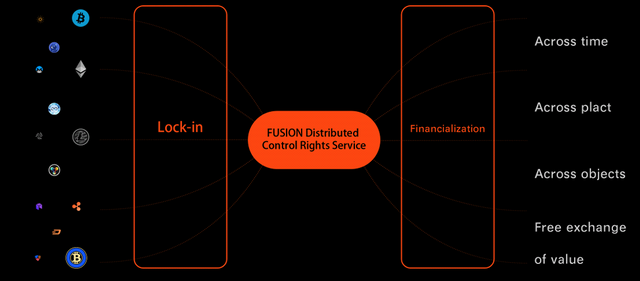
This post has been submitted for the @OriginalWorks Sponsored Writing Contest!
You can also follow @contestbot to be notified of future contests!